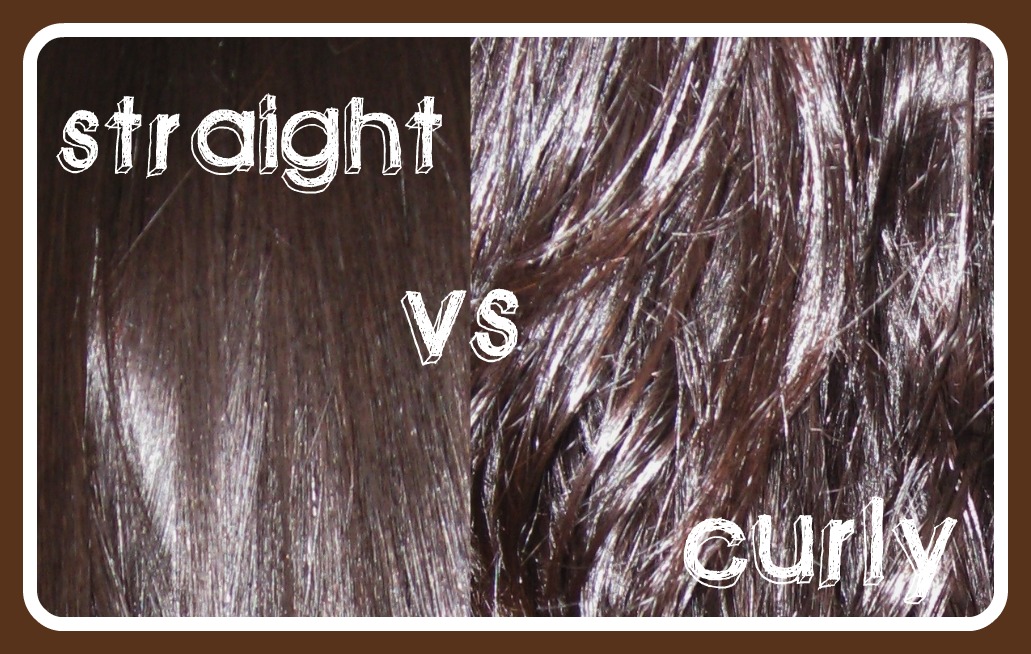
This website was produced as an assignment for an undergratuate course at Davidson College
Home safsaCurly Hair Gene dsafPaper Review 1sdaf Paper Review 2

Background safsaScientific Articles dsafPopular Presssdaf References
How Has Popular Press Covered These Discoveries?
Numerous articles enthusiastically touted the discovery of the "curly hair gene." The Telegraph, a British paper, was among the first to cover the story with a tagline reading : "A 'curly hair gene' has been discovered by scientists, paving the way for a pill that could perform the same function as hair straighteners." The article goes on to describe the research, mentioning that the group identified the trichohyalin gene as "the one that is mainly responsible for creating curls." An author of the paper, Professor Nick Martin, is interviewed, and contributes information about the potential for new hair treatments. He mentions that he will be meeting with "a major cosmetic company in Paris" about the possibility of developing a pill that could make hair curlier or straighter. Interestingly, perhaps the most immediate application of the discovery is left to the end of the article, where Professor Martin suggests that there may be forensic applications. "We might be able to refine identikit pictures from DNA samples left at a crime scene to say whether the suspect had straight or curly hair."
Other, primarily women's websites, like Jezebel, BellaSugar, and College Candy, picked up the story. Their source appears to be The Telegraph (most link to the story as their reference) rather than the actual scientific article. These types of websites report on stories they believe will be of interest to their demographics. The tone of their articles is more casual and frequently their writers offer opinions, or ask for readers to share their thoughts through comments. The piece in The Telegraph is the only true news report.
The major problem with the popular press coverage of Medland et al.'s research is their exaggeration of the results. Certainly Medland et al. have shown that straight and curly hair are in part caused by varitations in the trichohyalin gene, but in no way is it the curly hair gene. In fact in their conclusion, Medland et al. attribute a mere 6% of variance in hair texture to the trichohyalin gene. In none of the popular press articles is there any mention that there are probably many other genes that contribute to hair texture. In fact only The Telegraph article even mentions the trichohyalin gene to begin with! The other websites merely refers to it as "the gene."
None of the articles provide any of the raw data that Medland et al. published. There are no figures and the only pictures are stock photos of women with either curly or straight hair. The Telegraph article is the only one which even attempts to explain the actual results of the experiment. The author does so very simply: "It is thought that a variation in this gene may create an amino acid change which in turn influences the straightness or curliness of the hair." While this is true, The Telegraph certainly could have helped its readers by providing a bit more background information about hair structure and texture in general.